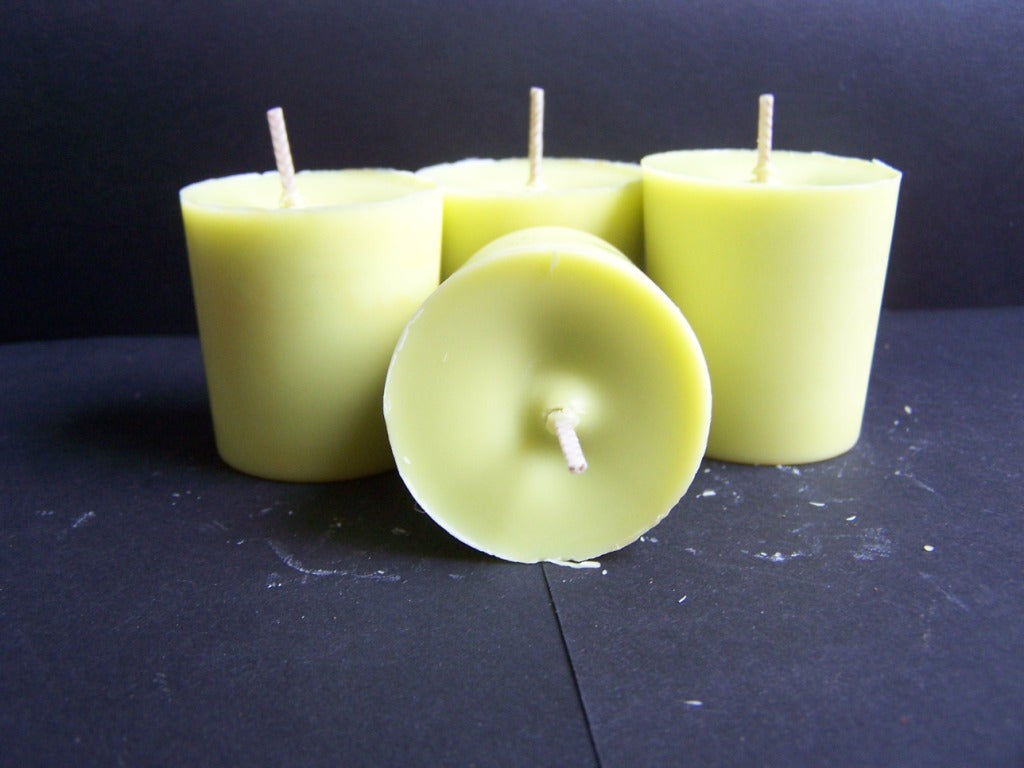Learn the Magic of Crystal Soy Candles and Home Fragrance
Learn the Magic of Crystal Soy Candles and Home Fragrance
Blog Article
From Wick to Wax: Understanding the Chemistry Behind Soy Wax Candles and Their Environmental Effect
As we brighten our rooms with the warm glow of candle lights, there lies a realm of complex chemistry behind the seemingly simple act of lighting a soy wax candle light. The selection in between soy and paraffin wax extends beyond mere looks, delving into the realm of ecological effect and the very make-up of the materials. Comprehending the molecular structure of soy wax and its combustion process sheds light on the emissions released into our environments. Join us as we untangle the clinical intricacies behind soy wax candles and discover their implications on our atmosphere.
Soy Wax Vs. Paraffin Wax
When comparing soy wax and paraffin wax for candle light production, it is vital to recognize the unique features and advantages of each product. Soy wax is a natural, renewable energy originated from soybean oil, making it naturally degradable and eco-friendly - crystal soy candles. On the other hand, paraffin wax is a by-product of petroleum refining, which elevates issues regarding its environmental impact and sustainability
Soy wax candle lights melt cleaner and produce much less residue contrasted to paraffin wax candle lights, making them a much healthier selection for indoor air high quality. Furthermore, soy wax has a reduced melting point, enabling a longer-lasting candle that disperses scent better. Paraffin wax, on the other hand, has a tendency to melt faster and much less easily, potentially releasing damaging chemicals right into the air.
From a sustainability point of view, soy wax is favored for its biodegradability and renewable sourcing, straightening with the expanding customer choice for eco aware products. While paraffin wax has actually been a traditional selection in candle making as a result of its price and simplicity of usage, the shift towards eco-friendly options like soy wax is obtaining momentum in the industry.
Chemical Structure of Soy Wax

Burning Refine in Soy Candles
The chemical structure of soy wax straight influences the combustion procedure in soy candle lights, influencing factors such as melt time, scent release, and environmental effect. When a soy candle is lit, the heat from the fire thaws the wax near the wick. This liquid wax is after that prepared the wick due to capillary action. As the fluid wax gets to the flame, it evaporates and undertakes combustion. The burning procedure involves the vaporized hydrocarbons in the wax responding with oxygen airborne to create heat, light, water vapor, and carbon dioxide.
The combustion effectiveness of soy candles is affected by the pureness of the soy wax and the top quality of the wick. Additionally, soy wax candle lights have a reduced environmental impact contrasted to paraffin candle lights due to their sustainable and eco-friendly nature.
:max_bytes(150000):strip_icc()/SPR-types-of-Candle-Wax-5323778-hero-e4277e76885049a28707749d892fe592.jpg)
Ecological Advantages of Soy Wax

Considered a lasting alternative to typical paraffin wax, soy wax uses significant environmental advantages that make it a prominent option amongst eco-conscious consumers. One considerable benefit of soy wax is its renewable sourcing. Soy wax is stemmed from soybean oil, which is primarily cultivated in the United States. The growing of soybeans helps support regional farmers and minimizes the dependence on non-renewable nonrenewable fuel sources utilized in paraffin wax manufacturing. In addition, soy wax is biodegradable, implying it damages down naturally without launching damaging toxic substances into the atmosphere. This particular makes soy wax candle lights a much more eco-friendly option contrasted to paraffin wax candle lights, which are made from petroleum, a non-renewable source. Soy wax burns cleaner and generates less soot than paraffin wax, adding to better interior air quality useful link and reducing the demand for cleansing and maintenance. Generally, the environmental advantages of soy wax straighten with the expanding need for sustainable and eco-friendly items in the market.
Recycling and Disposal Factors To Consider
Recycling and proper disposal of soy wax candle lights play a vital duty in maintaining environmental sustainability and minimizing waste in neighborhoods and households. The very first step is to ensure that the candle light has actually shed totally when it comes to reusing soy wax candles. This can be accomplished by allowing the candle to shed till the wick is no more useful, and after that letting the continuing to be wax cool and solidify. Once the wax has actually strengthened, it can be carefully gotten rid of from the container.

In regards to disposal, if recycling is not an option, soy wax candles are naturally degradable and can be safely thrown away in a lot of household waste systems. It is constantly suggested to inspect with regional reusing centers or waste management services for certain standards on candle disposal to make certain correct handling and environmental security.
Final Thought
In final thought, the chemistry behind soy wax candles exposes their environmental benefits over paraffin wax candles. Soy wax, derived from soybean oil, burns cleaner and produces much less soot when contrasted to paraffin wax.
When contrasting soy wax and paraffin wax for candle production, it is essential to recognize the distinctive features and benefits of each product (home fragrance).Soy wax candles burn cleaner read and send out much less soot contrasted to paraffin wax candle lights, making them a healthier choice for interior air top quality.Thought about a sustainable alternative to traditional paraffin wax, soy wax provides remarkable ecological benefits that make it a prominent option amongst eco-conscious consumers. Soy wax burns cleaner and creates much less soot than paraffin wax, contributing to far better interior air high quality and reducing the need for cleansing and upkeep.In conclusion, the chemistry behind soy wax candle lights discloses their environmental advantages over paraffin wax candles
Report this page